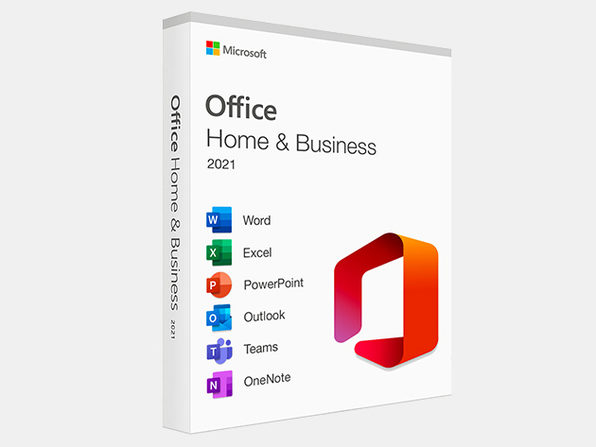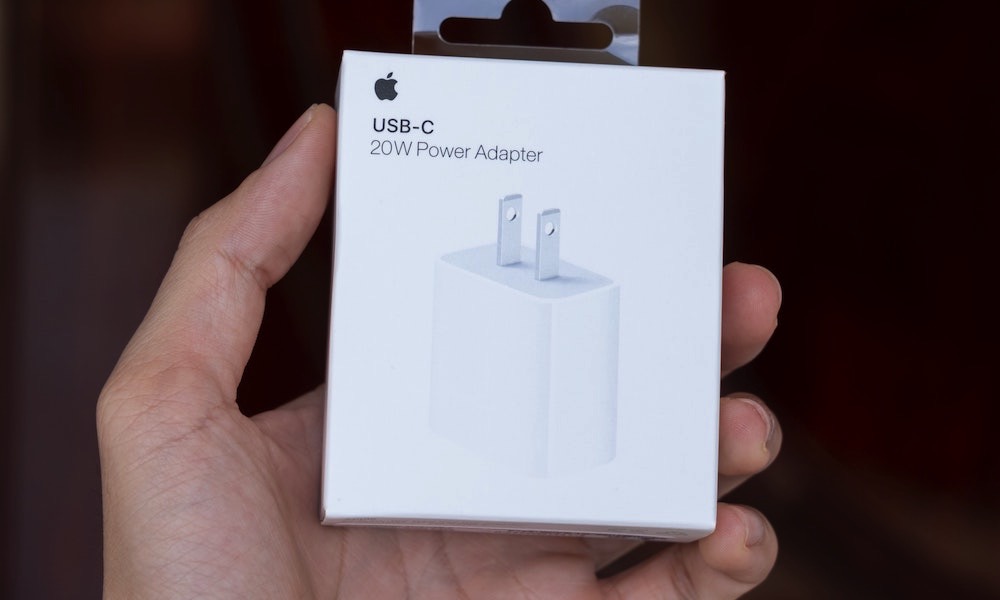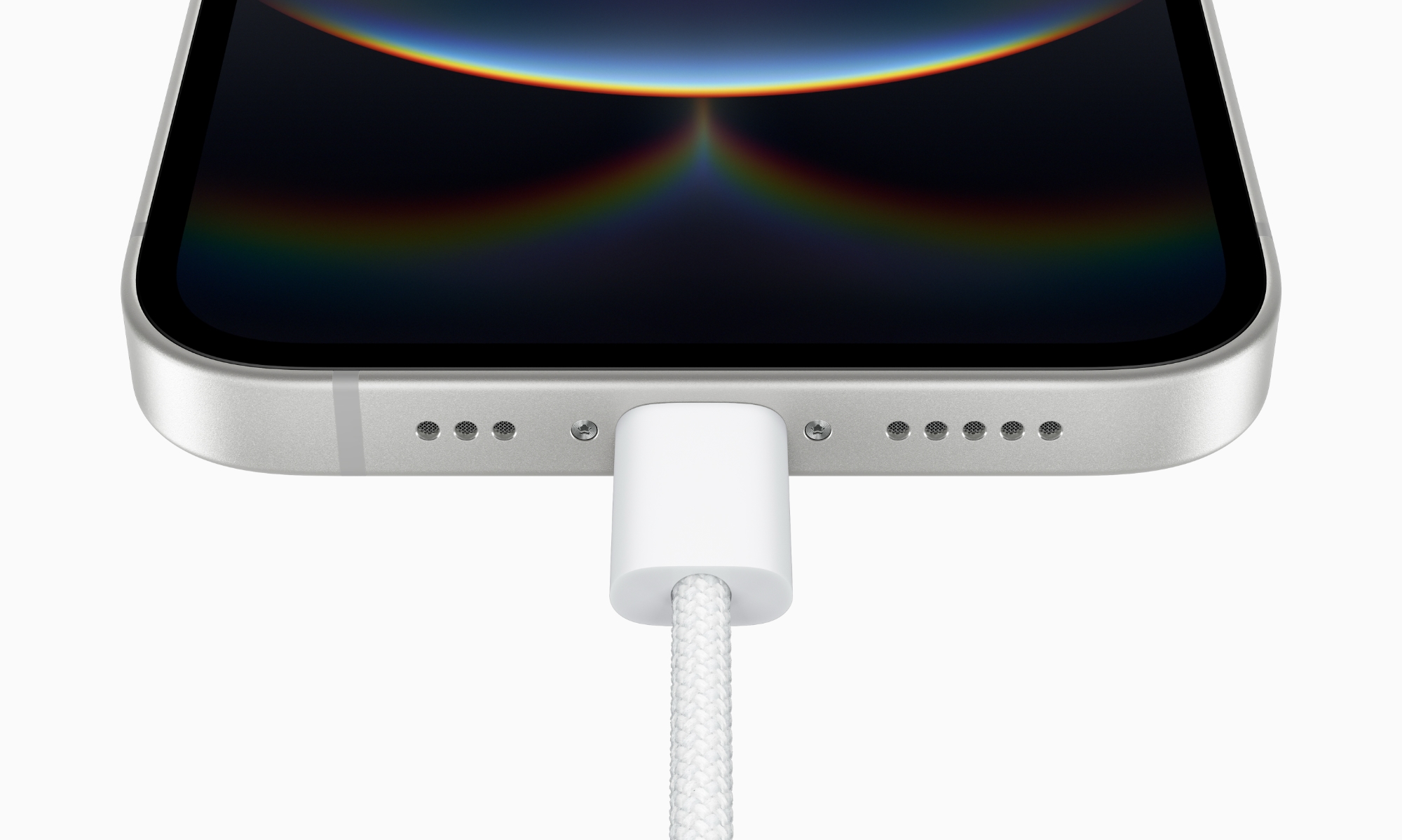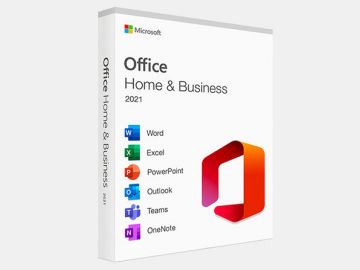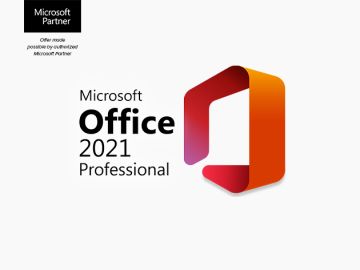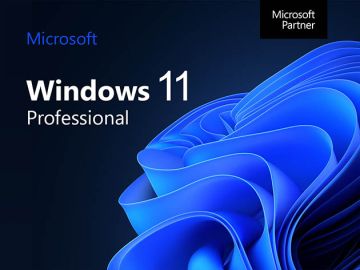New iPhone 17 Pro? Here’s What You’ll Need for Fast Charging
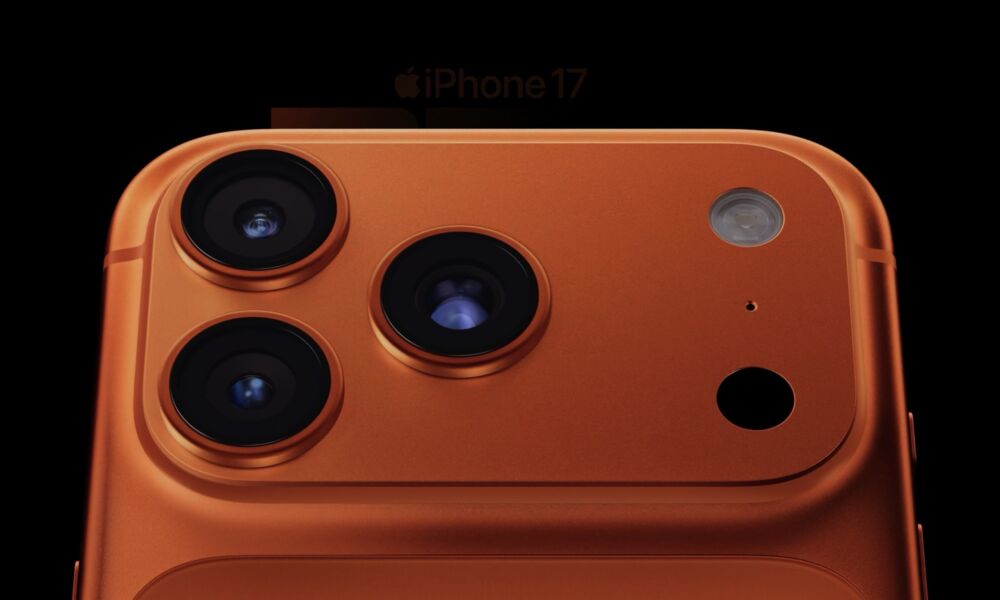
Toggle Dark Mode
Nearly every year, we hear rumors that Apple will increase the wired charging speeds of its latest iPhones, and yet it’s been years since we’ve seen any meaningful improvements. So, imagine our surprise when the iPhone 17 lineup actually delivered an advertised boost in charging performance.
For the first time since the iPhone X introduced fast charging in 2017, Apple has upped the listed charging speeds for a new set of iPhone models. The iPhone 17, iPhone 17 Pro, and iPhone 17 Pro Max can now all reach a 50 percent charge in only 20 minutes. That’s about a 30% increase over previous models.
However, that increase comes with a catch: You’ll need to use the correct power adapter to get these faster speeds. If you’re upgrading from an older iPhone model and have been using Apple’s standard 20W adapter or an equivalent, you won’t see any improvement.
So, if you’re wondering which charger you need for the fastest iPhone 17 charging speeds, read on.
According to Apple’s specs, charging the new iPhone 17 models requires a 40W adapter or better. Since Apple hasn’t included power bricks in its packaging in years, this means you’ll need to provide your own. However, the good news is that you may already have one around somewhere, especially if you own a MacBook Pro.
One of the most significant advantages of USB-C is that it’s an open standard, and Apple has been utilizing USB-C ports on its charging bricks for all its devices for years. Even older iPhones that were equipped with Lightning ports plugged into a USB-C charger on the other end.
In practical terms, that means you don’t need an iPhone charger to get the best performance. While Apple would naturally be happy to sell you one of its new 40W Dynamic Power Adapters, any USB-C charger that provides at least 40W will be able to charge an iPhone at full speed.
There’s also no risk of using a higher-wattage charger as long as it’s USB-C certified and from a reputable manufacturer. Wattage is pulled, not pushed, so your iPhone will never draw more power than it needs. This means that the power adapters that come with all of Apple’s relatively recent MacBook Pro models, which range from 67W to 140W, can also be used to charge the latest iPhones at maximum speed.
The USB-C adapters shipped with the MacBook Air won’t quite get you there, as these are typically 30W or 35W, depending on the model you purchase. That’s still far better than the old 20W iPhone charger, and may be close enough that you won’t notice much of a difference unless you run a stopwatch on it, but you won’t technically be taking advantage of the maximum possible charging speeds.
You don’t need to limit yourself to Apple-made adapters. Any USB-C compliant adapter that can deliver 40W or more will work with your iPhone 17, and there are plenty of affordable options from reputable brands like Anker, Mophie, Scosche,Ugreen, and more. If you’re considering a multi-port charger, make sure it can supply the full 40W from a single port. Some models advertise a higher total wattage, but that power is divided among ports, so you’ll need to check the fine print to ensure one port meets the requirement.
It’s worth mentioning that Apple has snuck up the charging speeds a bit over the years. It’s always listed them with the same basic specification of offering a 50 percent charge in 30–35 minutes using a standard 20W adapter, but many tests have observed that newer models will often draw a bit more power if connected to a higher-wattage adapter. Most recent models will charge in the 23–27W range, while the iPhone 15 Pro Max and iPhone 16 Pro Max have been observed capping out at close to 30W.
In other words, having a more powerful charger has always made a bit of a difference, but it wasn’t always enough to matter that much. With the iPhone 17 lineup, Apple has finally taken this up to the point where it can make a significant difference. Note that the first 50 percent is always the fastest charging interval, so this doesn’t mean your iPhone will hit 100 percent in 40 minutes, or even an hour. Due to the way that lithium-ion battery chemistry works, the iPhone slows down charging at higher levels to maximize battery health. If past iPhone models are any indication, the last 20 percent top-up could easily take as long as the first 80 percent. We’ll have to wait for some real-world tests to see how this plays out in practical terms.

